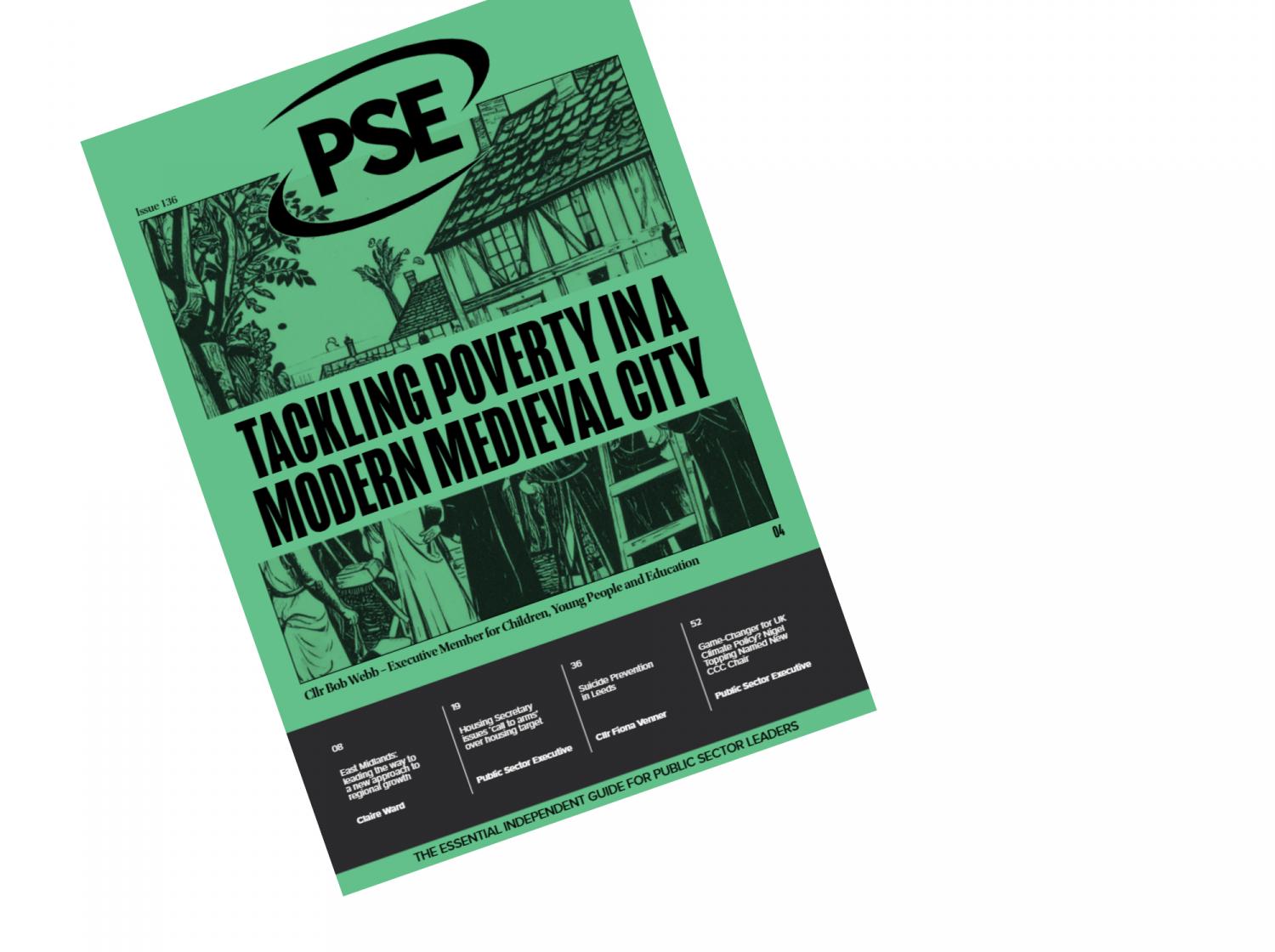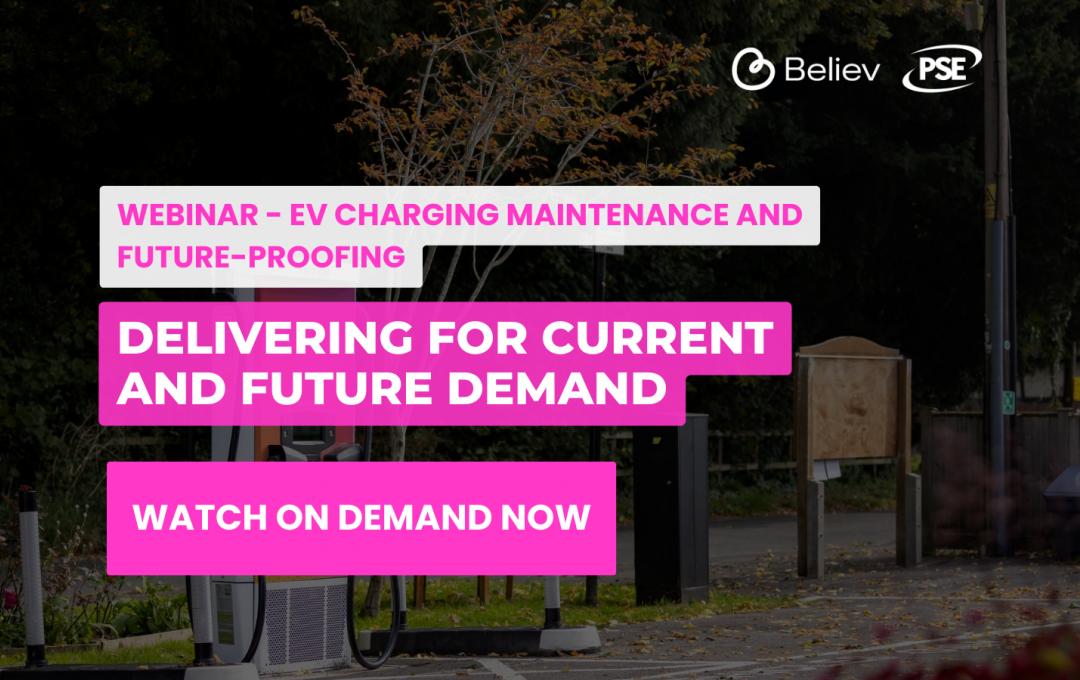More than one in four children (27 per cent – 1.1 million in total) in poverty would not have been living below the poverty line in recent years (2022-23) were it not for high housing costs – a sign the Government must prioritise tackling housing unaffordability in its upcoming Child Poverty Strategy, says new Resolution Foundation research.
The Foundation’s Housing Outlook Q4 2024 reveals that high housing costs are felt most acutely by those living in the private rented sector (PRS). Nearly half (46 per cent) of the 1.5 million children growing up in poverty in the PRS are only pushed into poverty after housing costs are taken into account. This in part reflects the fact that private renters are on average paying three times as much as mortgagors for the same amount of housing – £11 per square metre versus £3, in 2021.
The analysis notes the Government has indicated “bring[ing] down essential household costs” will be a key objective of its forthcoming Child Poverty Strategy. While the PRS is the least affordable tenure type, it is also the sector where housing benefit reforms have the greatest scope to reduce child poverty.
The Foundation’s report notes that the simplest mechanism for alleviating poverty caused by high housing costs in the PRS would be for the Government to repeg Local Housing Allowance (LHA) to the 30th percentile of local rents, meaning recipients should be able afford three-in-ten properties available for rent in their area. This would cost £1.8 billion by 2029-30.
LHA was last repegged in April 2024, but plans inherited from the previous Government assume it will now be frozen in cash terms indefinitely. If the Government decides to keep LHA frozen, rather than uprating it at the 30th percentile of rents, then an additional 75,000 children will fall below the poverty line by the end of the decade.
However, the report notes that when LHA was introduced in 2008 it was set at the 50th percentile of local rents. An ambitious child poverty strategy could lift around 130,000 children out of poverty by the end of the decade (at a cost of £3.1 billion in 2029-30) by returning to that policy.
The analysis notes that these estimated costs assume private rents will grow in line with average earnings. But housebuilding is also a priority for this Parliament, and a boom of sufficient scale and duration could lower private rents over time and offset some of the cost of repegging LHA.
But if the Government wants to cut the housing benefit bill, the Foundation advises that investment in social housing should be prioritised. Its analysis finds that if 300,000 privately renting households with children could be moved into social rented homes, it would save the Government around £850 million per year by 2029-30 on subsidising private rents.
Alex Clegg, Economist at the Resolution Foundation, said:
“Over a million children living in poverty today would not be below the poverty line were it not for sky-high housing costs, especially in the private rented sector.
“The Government could lift 75,000 children out of poverty by the end of the decade if they spent £1.8 billion to repeg Local Housing Allowance to the 30th percentile of rents.”
“But in the longer term, investment in house building – especially social housing – is essential to both reduce the rents that low-income families are paying and ease the pressure on the housing benefit bill.”
In response Cllr Arooj Shah, Chair of the Local Government Association’s Children and Young People Board, said;
“Tackling high housing costs to keep children and families out of poverty should be an absolute priority in the Government’s upcoming strategy, as this report demonstrates.
“This should include unfreezing Local Housing Allowance rates to keep up with rising rents, to help prevent homelessness and people falling into poverty, alongside giving councils the powers and resources to address the national shortage of social and affordable housing.
“Councils also want to shift away from short term crisis support to invest in a more preventative, long-term approach, so they can understand the causes of poverty in their areas and how to reduce it, alongside improving people’s financial resilience and life chances, underpinned by a sufficiently-resourced national welfare system.”
Image credit: iStock



















